Architectural criticism has traditionally served as a guidepost for transitioning from one architectural era to the next. When the design styles of one era became very prevalent or were deemed ineffective, their critique often gave way to a new school of what could be. This is how impressionism, modernism, surrealism, and constructivism came about. To add to all this, there seems to be a new ism in town which, technically, isn’t new at all but is becoming increasingly ubiquitous on the design scene: Elitism
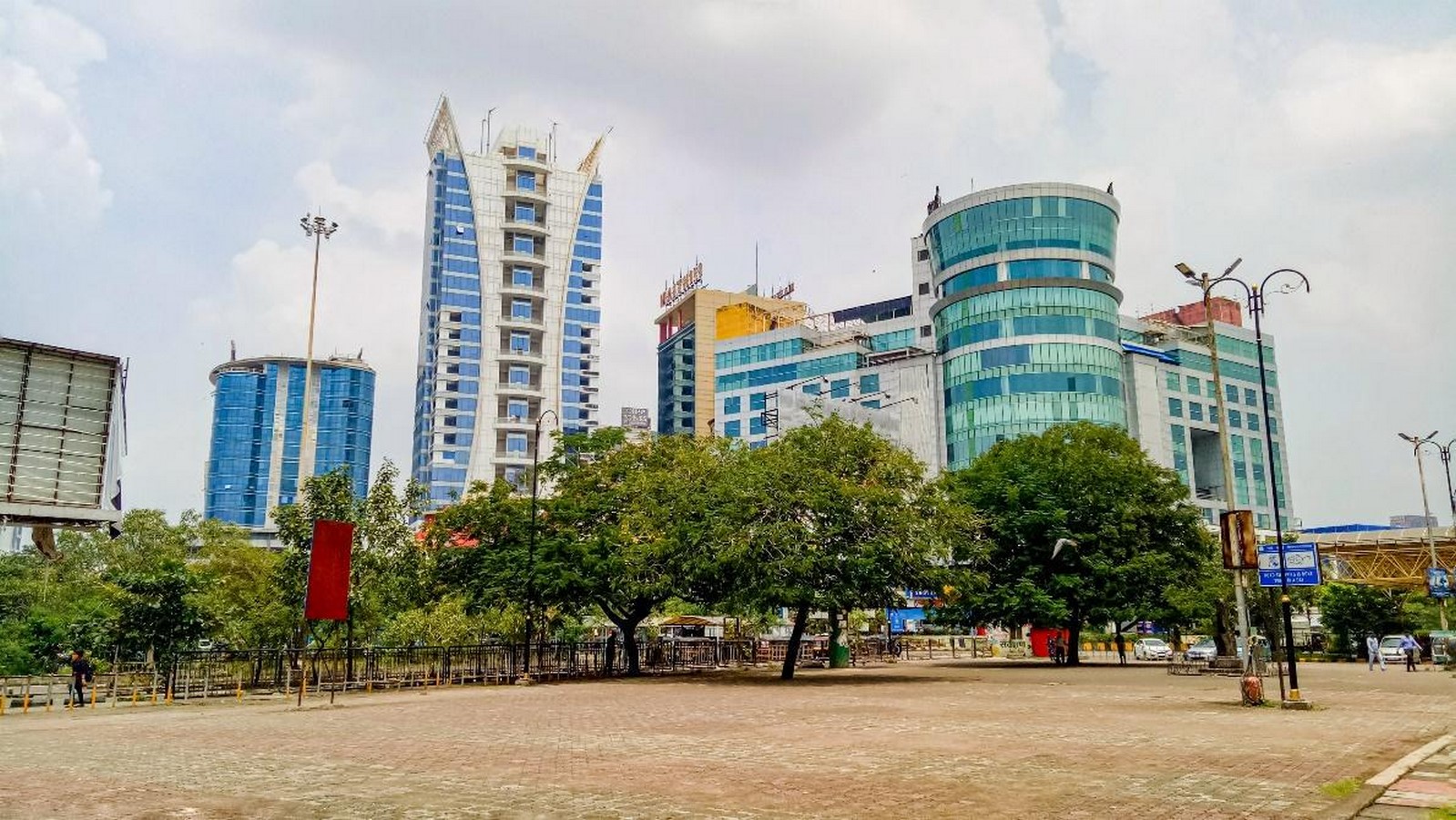
Today, the rates for an architect or a designer have substantially increased, making it difficult for low-middle-class sectors to access their services. There was a time when building to solve a problem was the philosophy of the hour but that has changed today in this rush to create grand skylines and luxury residential projects. Prices of materials sourced from abroad, products from luxury brands, and construction and civil engineering services have skyrocketed, making people from these sectors resort to alternative means.
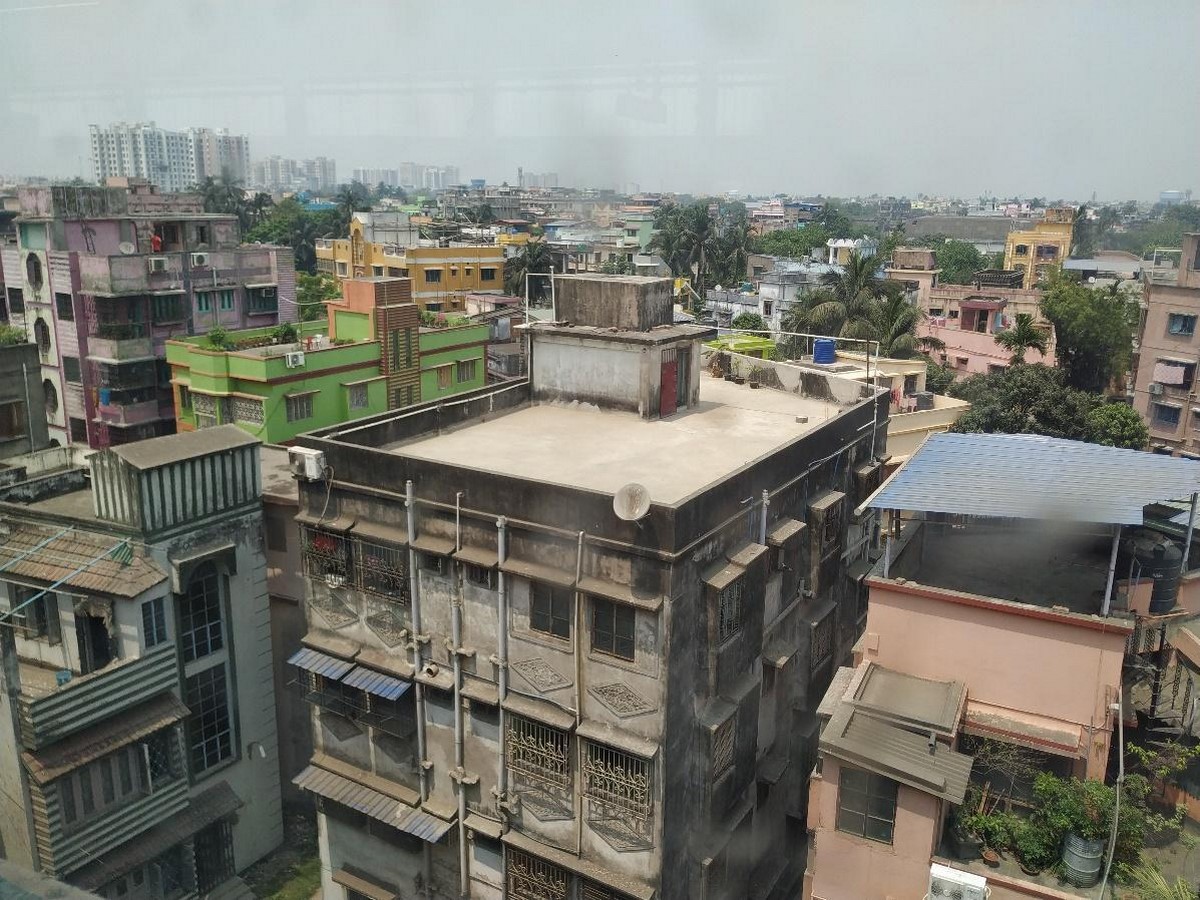
Contractors with no design training are frequently called upon to design and build simply because it is far less expensive than hiring an architect. As a result, it has become clear that the requirement for an architect or designer is considered no longer necessary. This is the equivalent of prescribing medicines for oneself as opposed to consulting with a doctor. Sometimes, it works; most often, it does not.
What has brought us to this point? It is critical to understand that when the service of architecture or design shifts from a sympathetic to an apathetic function, the priorities change. Architecture was previously seen as a noble profession due to its ability to improve people’s lives. Reintroducing that direction is the solution to elitism, where architects and designers have to create with a conscience: To design with the purpose of bringing about change, to provide an accessible service, and to promote the philosophy that design is for everyone.
From Self to Human-centric
Architectural criticism often finds its beginnings in education. Today, architectural education in India encourages students to visit rural areas to learn about how people work and live. Using architectural criticism as a way of observation has been eye-opening for many in this way, particularly those from the city. It assists prospective architects and designers in understanding the way of life, revenue sources, challenges of the built environment, climate restrictions, and the entire social framework. There is also a deliberate recognition that elitism is not always the best path ahead and that alternative techniques can be effective.

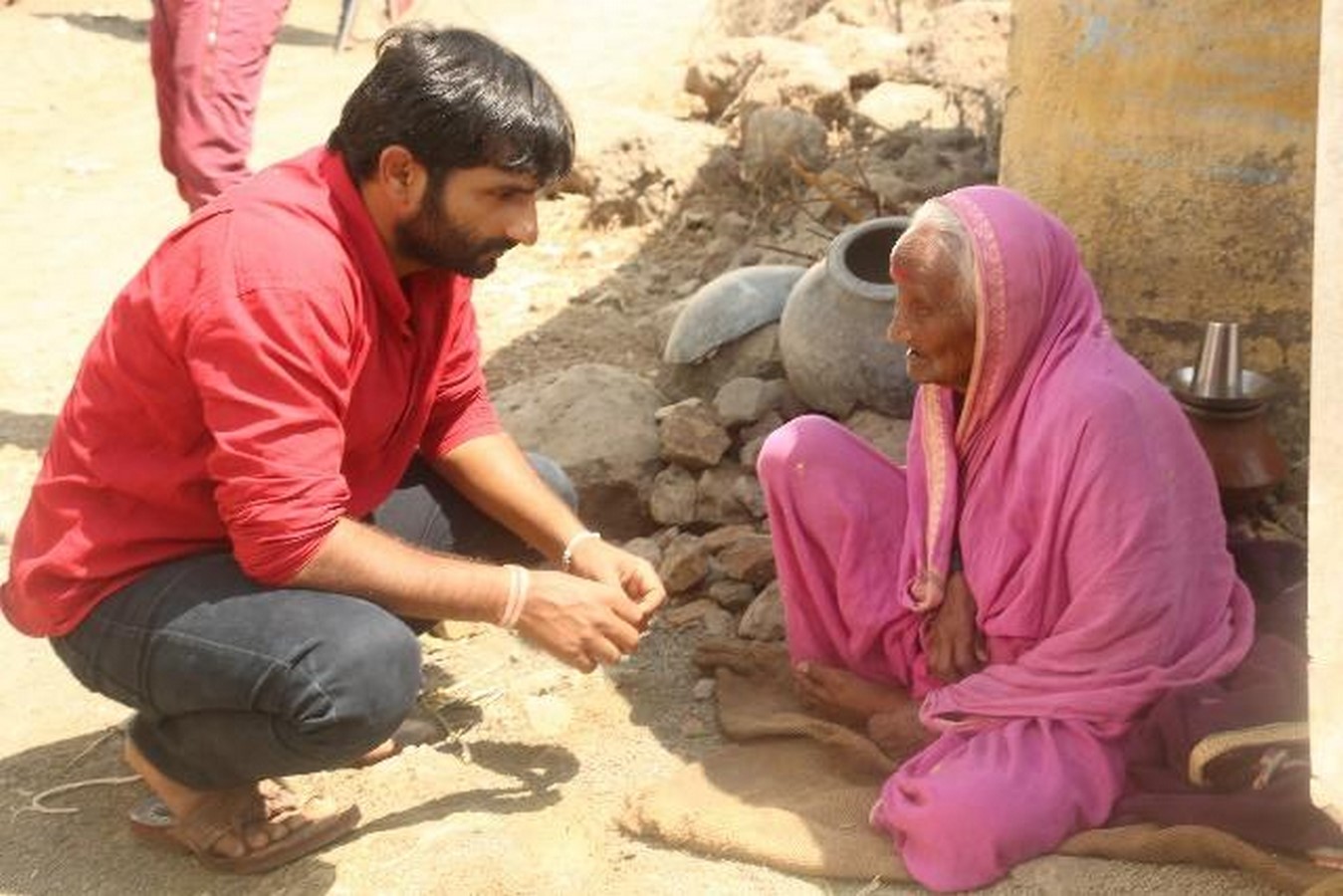
Unfortunately, somewhere along the line, this wisdom gets lost once students join the commercial workforce. Most often, it is hard for them to make decisions that would cater to a change when there is no support. In short, where the money rolls is where the focus should be. But what if that could change? There is a saying that when you give a fish to a man who is hungry, you feed him for a day. But when you teach him how to fish, you feed him for a lifetime. If architects and designers could teach design thinking skills relevant to the needs of the place to villagers, they would arm them with the tools needed to improve their built environment and living conditions. This will lead to a better standard of living and encourage creativity in handling problems. It also provides endless opportunities for the youth in these villages to step up and be resourceful.
A Utopian dream
So, how can we check the growth of Elitism? Making architectural education accessible and conducting workshops in rural and semi-urban areas will prove to be long-term strategy that will help in the development of modern India and remove the sting of elitism. Incorporating the arts and crafts along with vernacular design strategies will not only refine the skills of the local culture but also provide a strong integral identity.


A well-known example is British-born Indian architect Laurie Baker, who understood the built environment along with its climatic conditions and worked with the humble material, brick, to create stunning utilitarian structures that were functional, and cost-energy-efficient. The irony was that here was a Westerner who preferred the ways of the East to that of the West. All sense of elitism can be thrown out if anyone thought there was no scope for architecture to be economically beneficial.
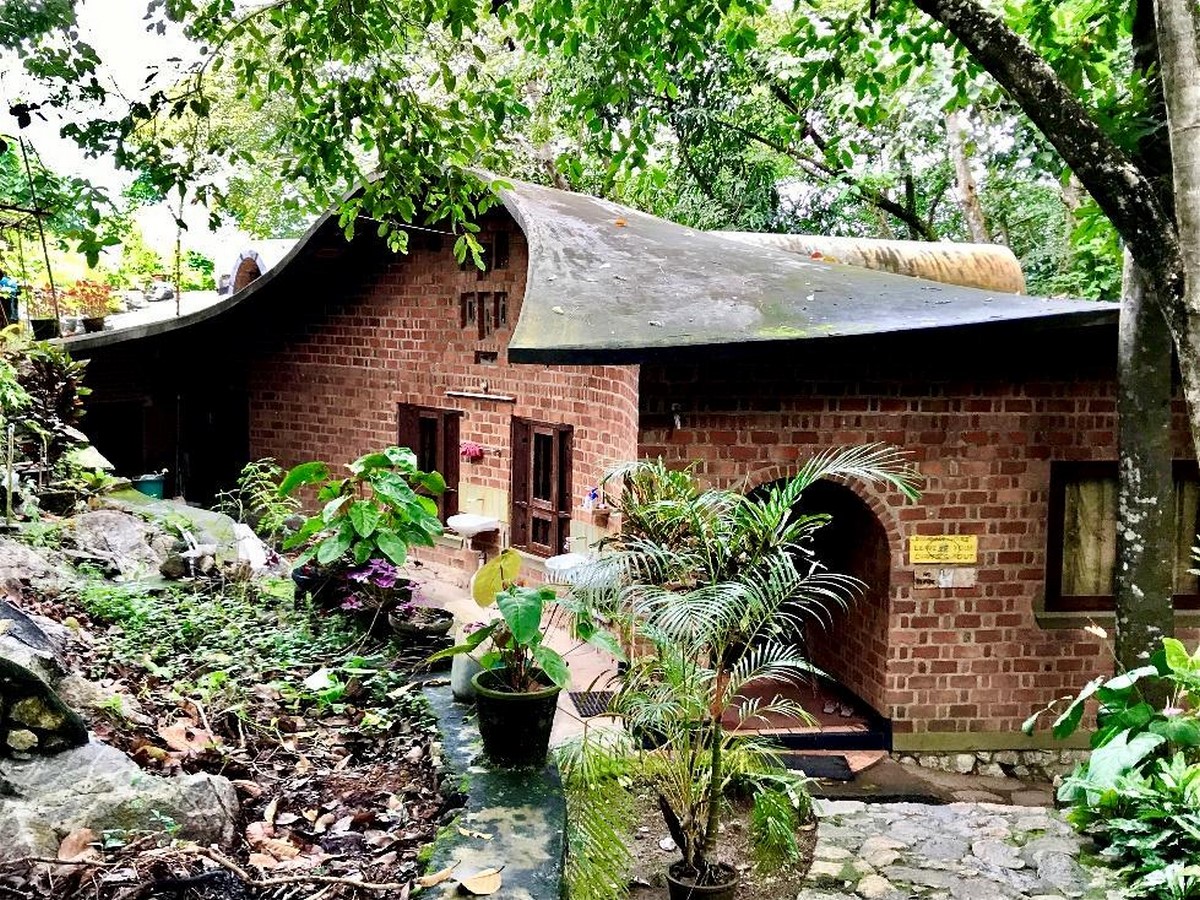
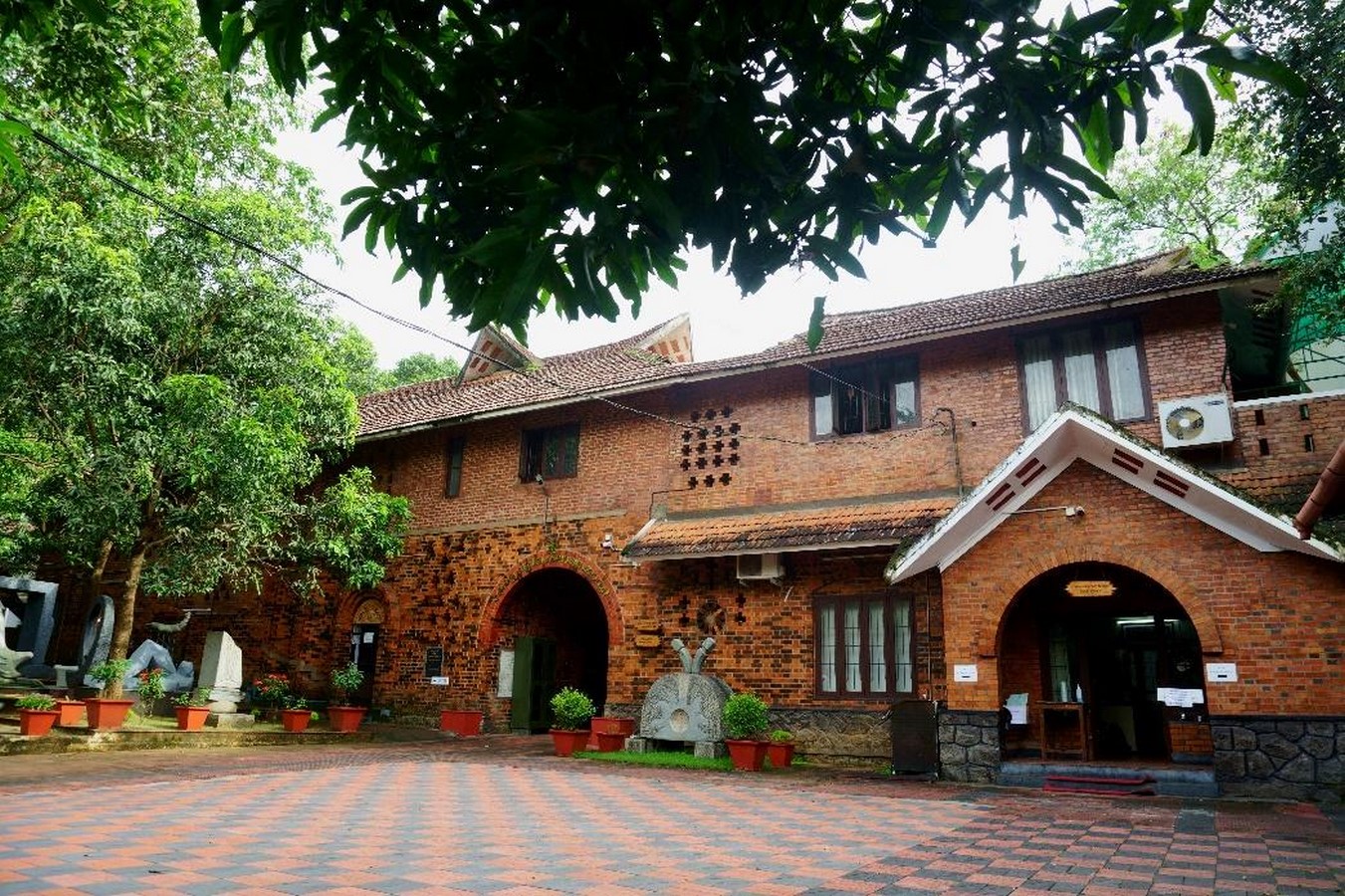
In continuation of such strategies adopted by Laurie Baker and many others after him, especially today when there is a rush to prove oneself, conducting competitions to encourage contemporary vernacularism will not only provide opportunities for the architects within India to showcase their abilities but will aid in removing the elitist tag associated with this profession. It will show architectural criticism at its best when solutions are brought forward to judge which is most suited to the cause.
Many times, in stores, we see beautifully-glazed décor and home design magazines of glamorous houses and expensive products splashed all over their pages. However, they are out of reach for the majority of low and middle-income families. If magazines and journals featured the work of architects who assisted the rural poor, slum dwellers, or religious organisations with development projects every six months, there would be a lot more involvement in working amongst the lesser privileged. We must congratulate architects that utilise architectural criticism to better understand those in need and to find solutions for them. Awards, government assistance, and financial support will all help to restore the genuine character of this profession to what it was intended to be.

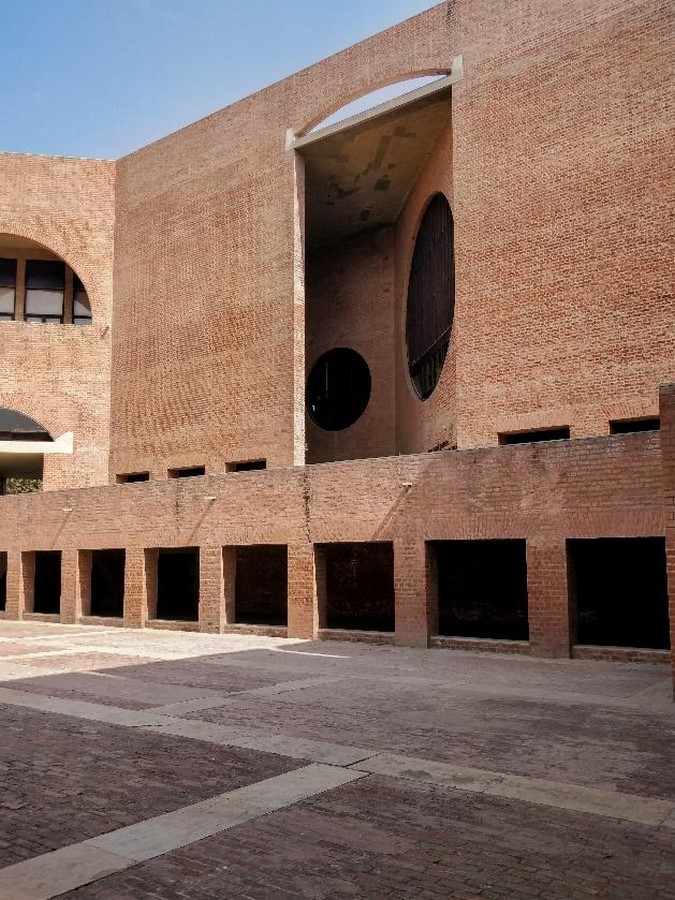

Preservation of arts and structures is important, but so is the preservation of culture, vernacular construction styles, and arts and crafts, as they form a part of the identity that modern India seeks. Elitism will always be there in some form or another, but respecting the integrity that comes with architectural criticism will always help bring about fresh beginnings.
Citations for websites
Burte, H. (2020) Laurie Baker (1917-2007), Architectural Review. Available at: https://www.architectural-review.com/essays/reputations/laurie-baker-1917-2007 (Accessed: 25 October 2023).
Iype, J. (2020) A symphony in brick and humility: The work of architect Laurie Baker, STIRworld. Available at: https://www.stirworld.com/inspire-people-a-symphony-in-brick-and-humility-the-work-of-architect-laurie-baker (Accessed: 25 October 2023).
Cajsa Carlson |18 August 2020 Leave a comment (2020) Architecture ‘is more elitist than the most Elite University in the world’ says Phineas Harper, Dezeen. Available at: https://www.dezeen.com/2020/08/18/architecture-elitist-phineas-harper/ (Accessed: 25 October 2023).
Vishwakarma, B. (2023) Gandhi, Nehru and elitism of architecture, Medium. Available at: https://medium.com/@bholenath/gandhi-nehru-and-elitism-of-architecture-325c51820b01 (Accessed: 25 October 2023).






















